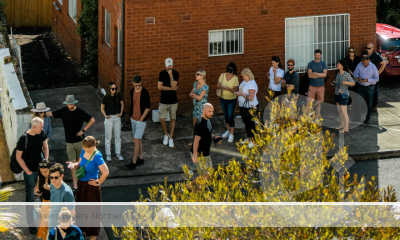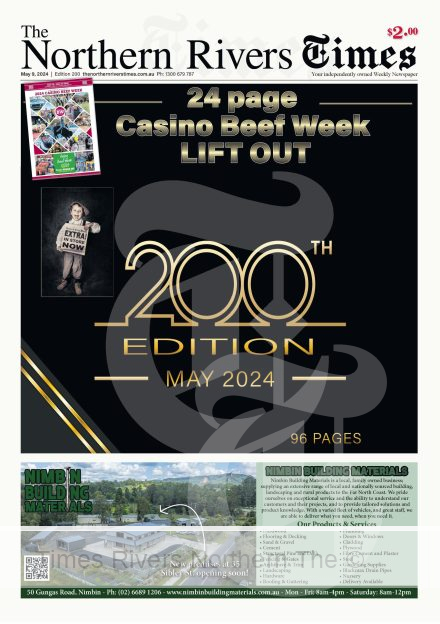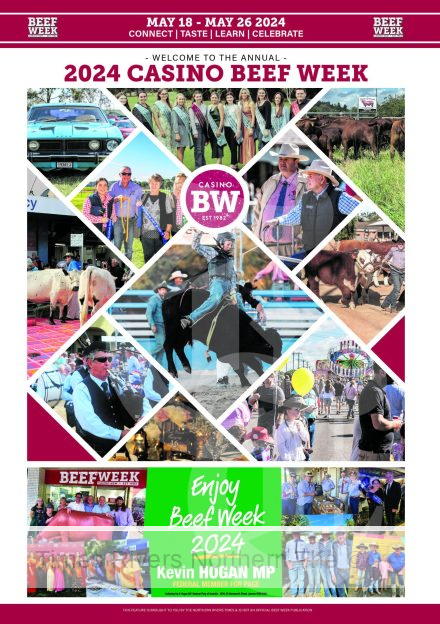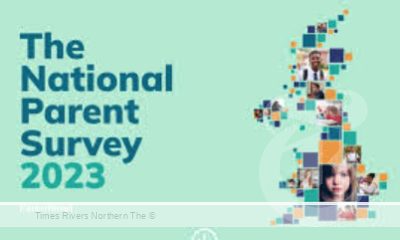Faster recovery funding for disaster-hit communities
The NSW Government has introduced a new, faster funding pathway to make it easier for Northern Rivers communities to rebuild vital roads and transport infrastructure following natural disasters.
The Tripartite Agreement between the NSW Reconstruction Authority, Transport for NSW and seven local councils will ensure a speedier roll out of reconstruction funds after floods, fires or other natural disasters.
Prior to this agreement, councils had to finance the rebuilding of infrastructure before they could access additional funding from government.
Advertisements

Now, councils can access critical funds upfront at each stage of reconstruction, easing financial burdens and making it easier to undertake reconstruction work more quickly.
The councils taking part are:
- Ballina Shire Council
- Byron Shire Council
- Clarence Valley Council
- Kyogle Council
- Lismore City Council
- Richmond Valley Council
- Tweed Shire Council
The NSW Reconstruction Authority and Transport for NSW are now developing supporting documentation, administrative arrangements and some initial training to implement the agreement with the councils.
NSW Premier Chris Minns said:
“What we are doing through this agreement is providing certainty that these councils will receive the money when they need it.
“The agreement will accelerate reconstruction works and allow funds to flow quicker for future events.”
Minister for Planning and Public Spaces Paul Scully said:
“This agreement will help communities recover faster by giving councils access to the funds they need to get vital recovery work underway.
“Getting critical infrastructure rebuilt and in place to support the recovery effort as soon as possible is precisely what this agreement will facilitate.”
Minister for Emergency Services Jihad Dib said:
“The damage after floods, fire or any natural disaster can be significant, and this initiative will help speed up the restoration of essential road and transport infrastructure.
“The agreement is a clear demonstration of our proactive approach to helping councils get on with the job after natural disasters and build in greater resilience to future events.”
Minister for Regional Transport and Roads Jenny Aitchison said:
“The deeds between councils and the NSW Government have been signed, and funding will soon start to flow, relieving the cashflow impacts on flood affected councils.
“Quickly restoring our roads and transport infrastructure is vital to setting up the regions for recovery from the floods.
“I have been personally meeting with these councils, alongside the Reconstruction Authority and Transport for NSW to help resolve their issues, and I am pleased this will see the quicker restoration of essential roads and transport infrastructure in Northern NSW.”
Parliamentary Secretary for Disaster Recovery and Member for Lismore Janelle Saffin said:
“One of the lessons learned from the devastating floods of 2022 is that councils need an injection of funds immediately after a flood event so they can get to work straight away and get communities functioning again.
“This new approach is designed to get the money flowing to councils quicker, so they can get on with the work that needs to be done, fixing roads and bridges and essential public buildings and facilities.”
Lismore City Council Mayor Steve Krieg said:
“This is the most significant day in the rebuild and recovery of the Lismore LGA. It’s taken 18 months to get here but now this agreement is signed, all residents of the Northern Rivers should see significant progress toward flood restoration works being completed.
“Thank you to the NSW Government and all stakeholders for getting this across the line, it’s been a mammoth effort and will give a real boost to the recovery of our impacted communities.”
For more local news, click here.
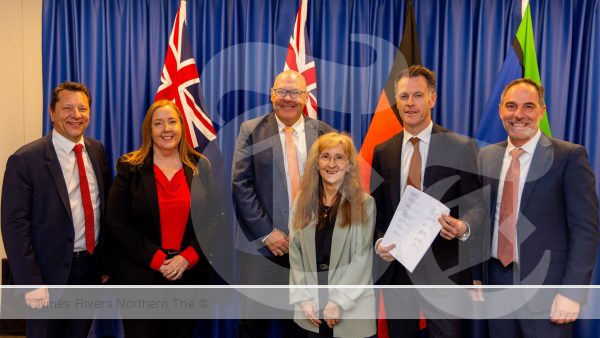
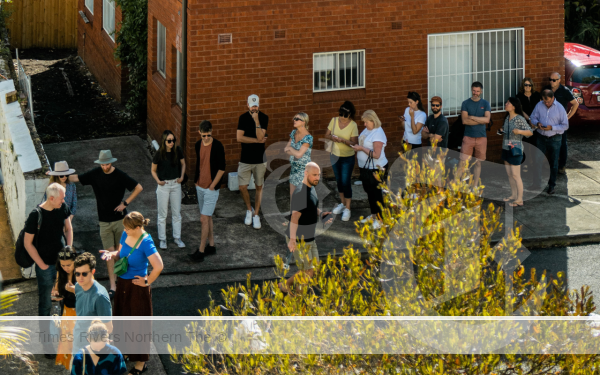



 Tweed Shire News2 years ago
Tweed Shire News2 years ago
 Motoring News1 year ago
Motoring News1 year ago
 COVID-19 Northern Rivers News3 years ago
COVID-19 Northern Rivers News3 years ago
 COVID-19 Northern Rivers News3 years ago
COVID-19 Northern Rivers News3 years ago
 Northern Rivers Local News3 years ago
Northern Rivers Local News3 years ago
 Health News3 years ago
Health News3 years ago
 COVID-19 Northern Rivers News3 years ago
COVID-19 Northern Rivers News3 years ago
 NSW Breaking News3 years ago
NSW Breaking News3 years ago











